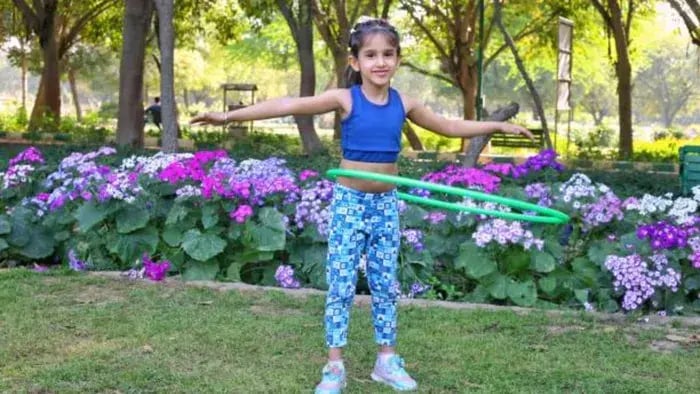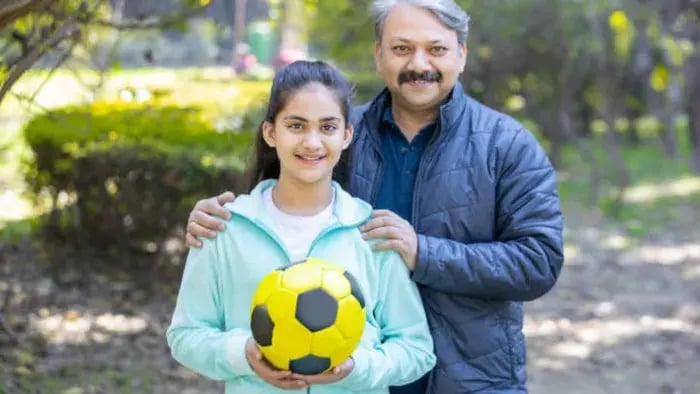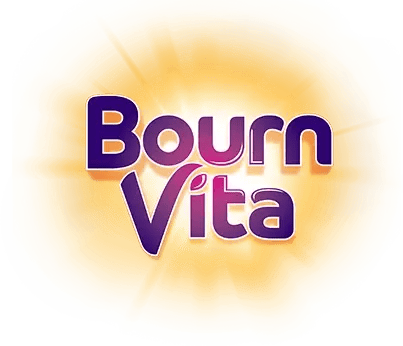- Boosting Stamina Through Fun Challenges
- Improving Balance and Coordination
- Encouraging Social Interaction and Teamwork
- Supporting Emotional Well-Being
- Building Healthy Habits for the Future
Introduction
Fitness games have a unique way of blending fun and exercise, making them an excellent choice for encouraging kids to move more. Unlike traditional workouts, these games spark excitement, keep energy levels high, and make physical activity feel like play rather than a chore. Whether it’s an outdoor obstacle course, an indoor dance-off, or an interactive video game that tracks movement, fitness games keep children engaged while helping them stay physically active.

For growing children, regular movement supports bone development, maintains a healthy weight, and sharpens focus, which benefits their performance in school and daily activities. Fitness games also encourage teamwork, problem-solving, and creativity, especially when kids play in groups or design their own challenges.
Parents can easily make these games a part of everyday life, turning simple routines into active moments. A quick round of jumping challenges before homework, a weekend family relay race, or a game of “follow the leader” can help children stay active without feeling pressured. By mixing fun with fitness, you create an environment where healthy habits develop naturally, setting the foundation for a stronger, happier, and more confident future.
5 Ways Fitness Games Keep Kids Active and Healthy

Fitness games have a special charm, they take the idea of exercise and wrap it in excitement, curiosity, and joy. Instead of telling children to “go and exercise,” these games invite them to play, compete, and explore, all while keeping their bodies in motion.
They don’t just work on physical strength; they also sharpen mental alertness, improve emotional balance, and give kids a sense of achievement. Most importantly, they create a healthy connection between movement and happiness, which can influence how children approach fitness throughout their lives.
Boosting Stamina Through Fun Challenges
Children often find traditional exercise routines boring or repetitive, but games like relay races, obstacle challenges, or tag turn physical activity into a mission. According to the National Institute Of Health, these activities encourage continuous movement, which strengthens the heart, improves lung capacity, and builds endurance over time. By disguising effort with fun, kids push themselves without even realising it. This boost in stamina benefits them not only in sports and play but also in daily activities like walking to school or carrying a heavy school bag without feeling tired.
Improving Balance and Coordination
Games involving hopping, balancing on one leg, skipping rope, or moving in rhythm to music train a child’s body to respond quickly and precisely. Activities like hopscotch or freeze dance require them to shift weight, maintain posture, and react to sudden changes. As per a study published in Children (Basel). 2021, this improves both gross motor skills (like running or jumping) and fine motor skills (like catching a small ball or skipping). Better balance and coordination also reduce the risk of injuries during play and sports.
Encouraging Social Interaction and Teamwork
Many fitness games are designed for groups, which naturally teach children how to communicate, share, and cooperate. Whether it’s passing a ball in a circle, strategising for a team relay, or playing “follow the leader,” kids learn to work toward a common goal. According to a study published in Healthcare (Basel). 2020, this fosters patience, empathy, and problem-solving skills. In a world where screen time often isolates children, these shared experiences help them develop real-life social skills and the confidence to interact with others.
Supporting Emotional Well-Being
Physical games are more than just good for the body; they’re equally important for the mind. Movement triggers the release of endorphins, which help improve mood and reduce stress. A study published in Cureus. 2023 shows that for children dealing with academic pressure or social challenges, a simple 20–30 minutes of active play can act as a reset button. Games that make them laugh, jump, and cheer also help release pent-up energy, improving focus once they return to schoolwork or quieter activities. Over time, this emotional balance can boost self-esteem and resilience.
Building Healthy Habits for the Future
Introducing fitness games early creates a positive association between movement and enjoyment, which is essential for long-term health. Research conducted by J Exerc Sci Fit. 2022, shows that kids who grow up playing active games are more likely to continue engaging in physical activities as teenagers and adults. This foundation supports better weight management, stronger bones, improved immunity, and even sharper concentration. Parents who participate in these games with their kids also help create a family culture of movement, making fitness a shared value rather than a task.
Conclusion

In the end, fitness games do more than get kids moving; they help them grow into stronger, more confident, and healthier versions of themselves. Every playful session adds to their strength, joy, and resilience, proving that staying active doesn’t have to feel like hard work. The laughter, energy, and excitement of the game are what make children want to keep playing, and that consistency is what truly makes the difference.
Her love for storytelling began with reading her grandfather’s speeches, where Tarishi saw the power of words in creating lasting memories. Combining her passions for food and writing, she has turned her life into a fulfilling path of sharing stories that celebrate flavours and how food brings communities together.
The views expressed are that of the expert alone.
The information provided in this content is for informational purposes only and should not be considered a substitute for professional medical advice, diagnosis, or treatment. Always seek the advice of your physician or another qualified healthcare provider before making any significant changes to your diet, exercise, or medication routines.
References
https://pmc.ncbi.nlm.nih.gov/articles/PMC9663889/
https://pmc.ncbi.nlm.nih.gov/articles/PMC10502394/
https://pmc.ncbi.nlm.nih.gov/articles/PMC7151200/
https://pmc.ncbi.nlm.nih.gov/articles/PMC8625902/
https://www.nhlbi.nih.gov/health/heart/physical-activity/benefits
















